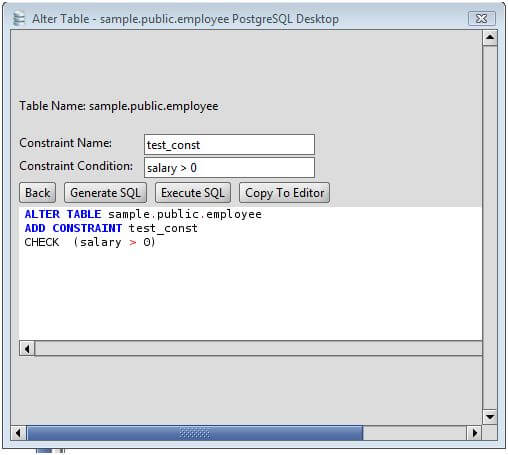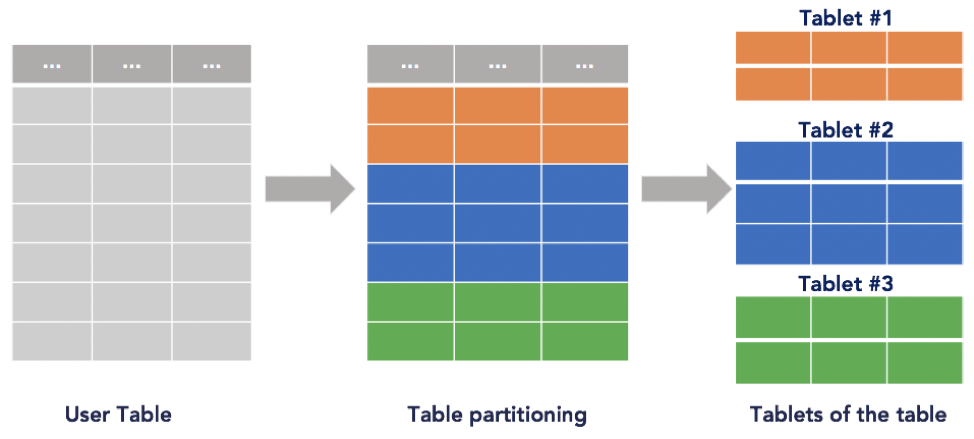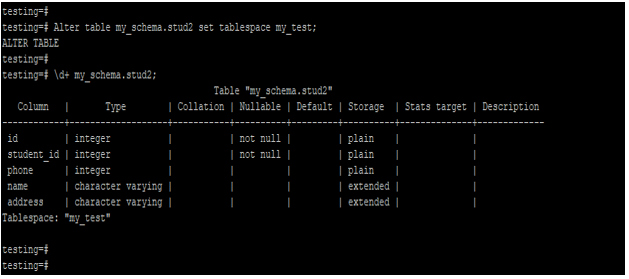

- #Postgresql alter table partition by range serial
- #Postgresql alter table partition by range Patch
- #Postgresql alter table partition by range code
Serial_num | bigint | | not null | | plain | | Id | integer | | not null | nextval('points_id_seq'::regclass) | plain | | Let’s see how the partition definition looks like: postgres=# \d+ pointsĬolumn | Type | Collation | Nullable | Default | Storage | Stats target | Description Postgres=# CREATE TABLE points_archive PARTITION OF points(id, primary key(id)) FOR VALUES FROM (unbounded) TO (' 00:00:00') WITH (parallel_workers = 8)

#Postgresql alter table partition by range serial
Specifically, the tables will have following schema: postgres=# CREATE TABLE points(id serial NOT NULL, serial_num bigint NOT NULL, range_dt timestamp NOT NULL, lat numeric, lon numeric) PARTITION BY RANGE (range_dt) In our example, we will store the coordinates of GPS device points. At this point the INSERT statement for the table fails. A NOT NULL constraint is automatically set for the partitioned columns (except for calculated values). Multiple column names can be specified by separating them with a comma (,). In the RANGE clause, specify the column name (or calculated value) to be partitioned. Specify the PARTITION BY RANGE clause in the CREATE TABLE statement. To create a range partition table, first create a parent table accessed by the application. The RANGE partition table is a way to group multiple partitions that can store a range of specific values.

The table is partitioned by explicitly listing which key values appear in each partition. Range Partitioning. The table is partitioned into “ranges” defined by a key column or set of columns, with no overlap between the ranges of values assigned to different partitions.PostgreSQL offers built-in support for the following forms of partitioning:
#Postgresql alter table partition by range Patch
In version 10, fell the patch which creates the basic infrastructure for native partitioning and also solves a some of current problems.
#Postgresql alter table partition by range code

Support for data consistency only at the level of one partition.The main disadvantages of the current implementation of the partitioning of large tables: However, this method requires more time for development, since it is necessary to create CHECK constraints for each table, in addition, we have a certain loss of performance on the data insertion. The application can send requests to the parent table and transparently use the data of the child table. The inheritance table creates multiple child tables for the parent table and maintains the consistency of data by CHECK constraints and triggers. Before version 10, PostgreSQL used inheritance tables as a method for physically partitioning a large table.


 0 kommentar(er)
0 kommentar(er)
